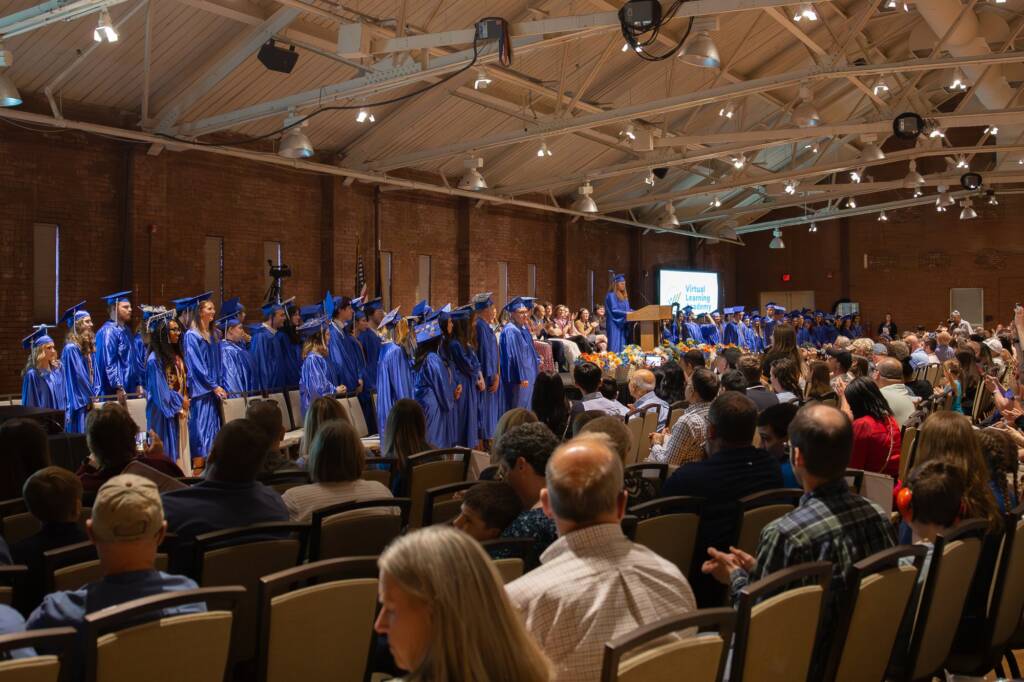When you think of someone as “competent” in something, you think of them as having the skill, ability, or knowledge to solve a problem correctly and efficiently.
Let’s say you own a house and you want to add a deck overlooking your backyard. If you don’t have the skills, knowledge, and abilities to build that deck yourself, what do you do? You hire a contractor who does. You hire a competent contractor.
How do find a competent contractor? You ask around. You ask to see samples of other decks the contractor built. You talk to lots of contractors and ask them questions to determine their level of competence–and you hire the person who has the most competence, based on what they show you they can do.
What makes it easier? If that contractor has established proof of competence–like a certificate from a reputable professional or national organization. Why? Those certificates are evidence. They show proof of competence
How? Groups of contractors got together in those national and professional organizations and built a list of required skills, abilities, and knowledge that contractors should have–and what they had to do to demonstrate mastery of those skills.
Those certifications do some of the groundwork for you. Of course, you could still interview contractors with those certifications to assess whether they could build the specific kind of deck you want and how you want it.
In other words, there’s a measure of quality to those certifications. It matters how well–or how poorly–you can show mastery.
Competencies in education are no different.
If you’re wondering what they are and how they work, you’ve come to the right place.
Competency-based education, or CBE, has grown exponentially in the past decade, especially in higher education. Colleges and universities support CBE as part of a comprehensive approach to education. Recently, it’s taken off in primary and secondary schools, too.
Where did it come from and why?
Competencies: A Brief History
T.R. Nodine described the history of competency-based education in the US in her 2016 paper, “How did we get here? A brief history of competency‐based higher education in the United States.”
CBE is, essentially, an outcomes-based approach to education. What does that mean? Just as you hire a contractor based on an expected level of outcomes, educators measure student learning by assessing their successful performances of actions and performances that capture competence–or mastery–of a subject.
These models design teaching based on the desired demonstration of a student’s skills, abilities, and knowledge. This differs from the traditional process of learning because it does not focus on rote exercises in a fixed schedule or routine.
This approach to learning isn’t new. Hundreds of years ago, tradespeople, craftsmen, and guilds used “competencies,” or a set of standards to measure an apprentice’s ability to complete a task. Licensure for doctors and nurses also measures student mastery by developing a series of “competencies” or standards that a student must pass to earn the appropriate credential.
It’s no different from the style of learning and assessment that you apply when you want to hire someone to build that deck.
In the US educational system, Nodine describes the use of competencies going back at least 100 years. Supporters of this type of education argue that most students can achieve mastery of most competencies that they desire.
How We Got Here
In the education world, the concept has rattled around since the 1970s but has only recently become popular again. Originally dubbed “mastery” learning for the concept of “mastering” a skill or task, the concept requires two key ingredients: time and materials to support learning. Those materials include human capital, too–teachers.
What’s different? In standard learning platforms, student learning outcomes aren’t the priority–timeframes are.
Schools that follow competency-based approaches must determine two things: what does “mastery” of a competency look like, and how to determine whether students have shown it or not.
Nodine outlines three “shifts” in educational priorities regarding competency-based approaches to higher education, which she also argues apply to “outcomes-based models” in K-12 schools:
· Learning outcomes
· Assessment of outcomes
· Flexible timeframes and personalized instruction
She points out that for competency-based education to work, the learning outcomes–or those skills, abilities, and sets of knowledge–for whatever subject or topic need clear definition, educators need to offer clear examples of what mastery looks like, and they also need to give students the time they need to show their mastery by offering personalized instruction.
Sounds good, right? It is. She argues that competency-based education takes away the need for traditional timelines for students and gives them the flexibility to determine the “when, where, and how” of their learning with committed teachers to guide them through the process.
For some students, CBE looks like a lot of one-on-one face time. Others can take a more hybrid approach. A third subset can work entirely independently of the traditional model of school.
While many colleges and universities have implemented CBE programs for students, there are also opportunities for middle school and high school students seeking competency-based learning opportunities.
What does it mean today?
So. What’s a competency? Quite simply, it’s something you can learn at a high level, and show you’ve learned at a high level on your terms, with help from teachers who care.
In CBE, grades become less relevant as students seek mastery rather than an average of grades.
In traditional grading, averaging can hide areas where students have not mastered a concept. In CBE, that can’t happen as students must show mastery of every competency required for credit.
In CBE, students also work until they’ve mastered a competency, and are not under arbitrary time-based deadlines. For competencies they understand easily, students can work more quickly to show mastery. For competencies with which they need help, students can take as much or as little time as they need.
There’s no need for traditional, time-based grading systems.
How do we define a competency?
Competencies describe the skills, abilities, and knowledge required in an area of study. Competency statements target the big ideas or concepts that makeup one or two of the more traditional academic standards.
Think back to that contractor you hired to build your deck. If you hired a competent one, you can sit back, relax, and enjoy the beauty of your backyard.
A student in a competency-based education program should be able to do the same thing in whatever subject, course, or experience they claim to have–mastery of skills, knowledge, and abilities, measured by a suitable benchmark, clearly demonstrated with the guidance, help, and support of a thoughtful, caring teacher.
Learn more about customized learning programs that offer the flexibility of time, and the ability to assess and master the skills, knowledge, and abilities necessary for a 21st-century world.



